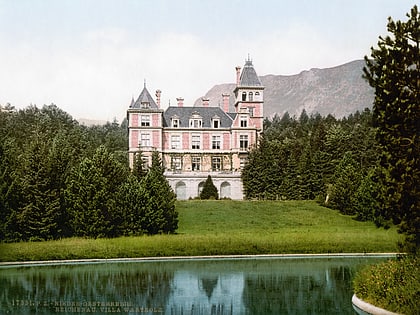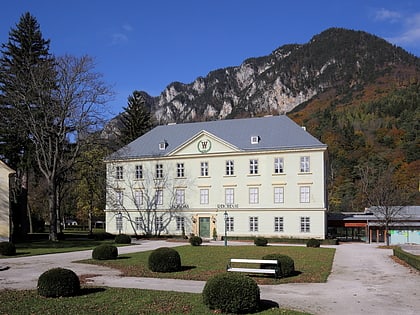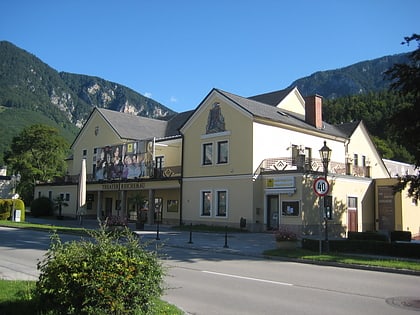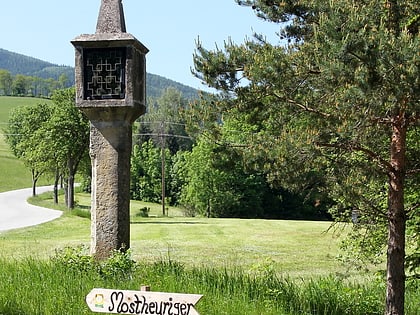Schneeberg
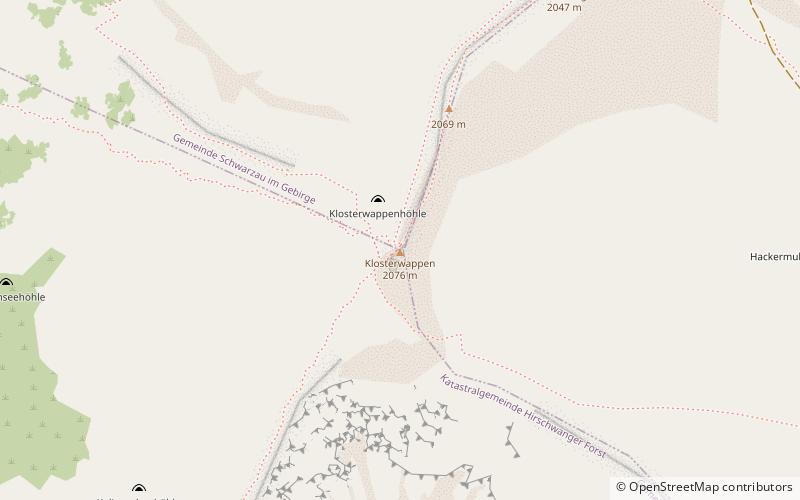

Facts and practical information
Nestled in the breathtaking landscapes of Lower Austria, Schneeberg stands as a majestic mountain, beckoning adventurers and nature enthusiasts alike. As the highest mountain in the state, Schneeberg soars to an impressive 2,076 meters, offering panoramic views that are sure to captivate the hearts of those who ascend its peaks.
Schneeberg is not only a natural wonder but also a cultural icon, deeply ingrained in the regional consciousness. Its snow-capped summit, which gives the mountain its name, is visible from the capital city of Vienna on clear days, symbolizing the natural beauty of the Austrian Alps.
The mountain is a paradise for hikers, with numerous trails winding through its alpine terrain. The most popular route is the Schneeberg Railway, a cog railway that has been transporting visitors to the high altitudes since 1897. This historic line provides a less strenuous way to reach the peak, making the breathtaking vistas accessible to a broader audience.
For those seeking a more challenging experience, there are various paths leading to the summit, each offering a unique perspective of the mountain's diverse flora and fauna. At the peak, the Elisabeth Church, a small chapel named after Empress Sisi of Austria, awaits visitors, providing a serene spot for contemplation amidst the clouds.
Schneeberg is not only a summer destination; during the winter months, it transforms into a snowy playground for skiers and snowboarders. The mountain's slopes cater to all skill levels, from gentle runs for beginners to more demanding slopes for the experienced.
Lower Austria
Schneeberg – popular in the area (distance from the attraction)
Nearby attractions include: Höllental, Rax, Empress Elisabeth Memorial Church, Villa Wartholz.




